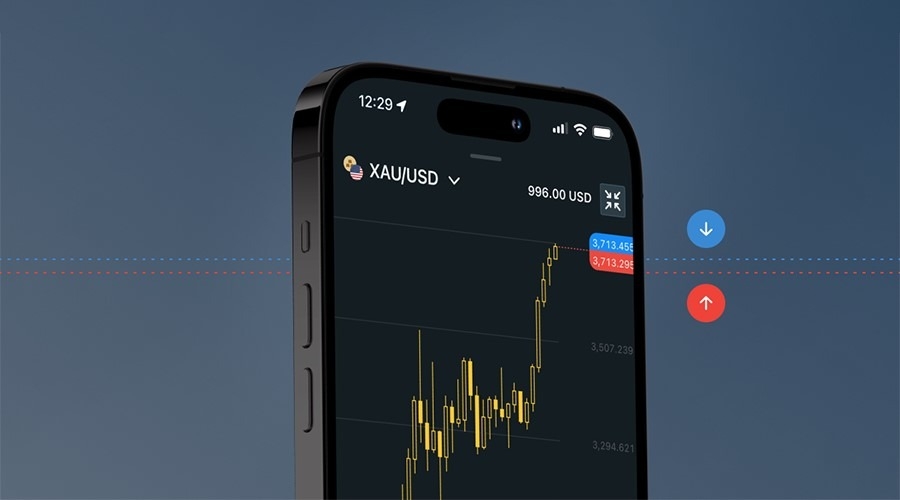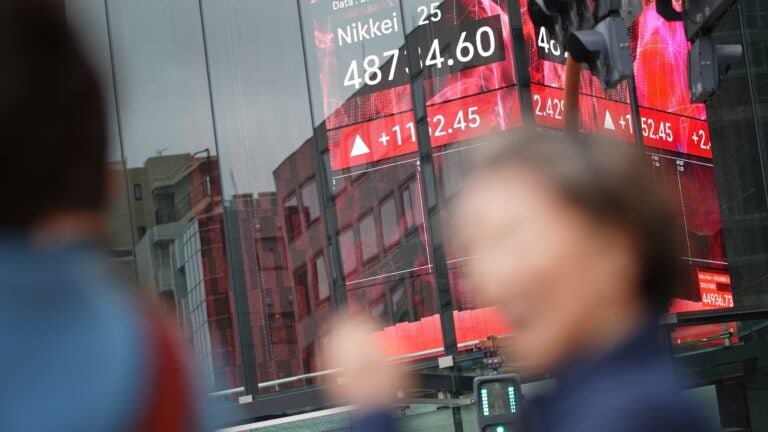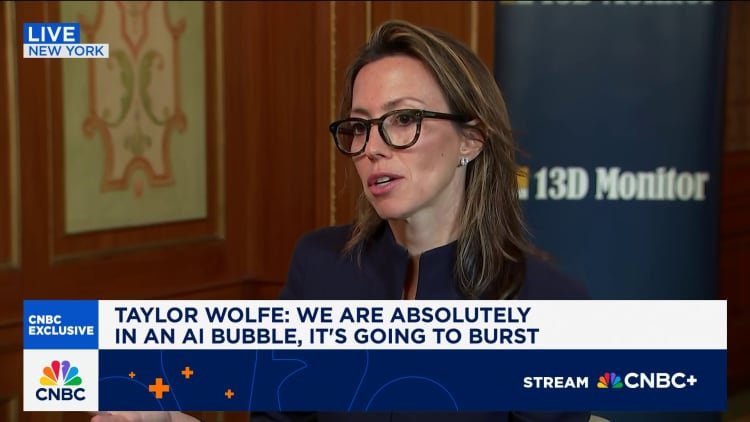By DailyForex Press Release

The seconds tick down to the Nonfarm payrolls (NFP) release. A trader sits prepared, strategy in place, ready to act on one of the market’s biggest movers. The data hits the wires, volatility explodes, and the entry price ends up far from expected. The spread has ballooned, eating into the trade’s potential before it even begins.
This isn’t a rare scenario. It’s familiar to anyone who trades high-impact news. Central bank announcements, OPEC meetings, or key economic data releases can send waves of volatility through the markets. The challenge in these moments is for traders to ride the potential opportunities with slippage and spread widening in mind. Why? Because they can quickly erode a well-planned strategy.
The hidden costs of news trading
When markets move fast, spreads that are normally just a few pips can suddenly expand to several times their size. That alone raises trading costs at the worst possible moment. Slippage compounds the issue: the difference between the expected order price and the actual execution. Even a few milliseconds’ delay can turn a good entry into a poor one.
Together, wide spreads and slippage act as a “volatility tax.” They don’t just make trading expensive; they undermine trader confidence by introducing uncertainty into costs and outcomes.
Stable conditions as a shield
Predictability is a valuable asset in trading. While no one can always accurately predict market movements, they should be able to count on their broker to keep conditions steady no matter what. Stable spreads and reliable execution create that foundation, ensuring costs remain manageable and strategies can be executed as intended.
This stability allows traders to focus on analysis and timing. It allows them to execute their strategy with confidence, knowing that unexpected fees will not consume their potential profits. In practice, it’s the difference between trading with confidence and trading with hesitation.
A new standard in market conditions
Delivering stability under pressure requires more than promises; it takes serious infrastructure. Exness has invested heavily in building a trading environment that holds up even during high-impact news.
Consider gold (XAUUSD), renowned for its sharp moves during uncertainty. Exness offers the tightest spreads on gold that remain stable even after the news breaks (1). The same stability applies to other popular assets like EURUSD, GBPUSD (2) and US30. (3)
This performance extends to the cryptocurrency markets. Spreads on BTCUSD, for example, are stable 99.98% (4) of the time, resulting in trading costs that can be up to 79% lower than with other brokers. (5) This pricing is backed by execution technology that delivers over three times less slippage, ensuring traders get the prices they expect with greater frequency.
Beyond execution: Building trader confidence
A trader’s confidence isn’t just about conditions in the heat of the moment. It’s also about control before and after a trade. That’s why features like instant withdrawals and risk management tools matter so much.
Exness has addressed this by automating 98% of its withdrawals, (6) allowing clients to access their money 24/7 without in-house commissions, traders can operate with the assurance that their profits are always accessible.
At the same time, tools like a 0% stop out level and Negative Balance Protection give traders clarity on their positions. With a 0% stop out level, positions remain open as long as margin allows, rather than being closed prematurely by the broker. This flexibility helps traders ride out short-term swings, and in practice, Exness clients experience three times fewer stop-outs compared to the industry average. (7)
Additionally, Negative Balance Protection ensures traders can never lose more than their account balance.
In news-driven markets, the difference between a successful trade and a failed one often comes down to the broker’s ability to deliver stable conditions when it matters most. By minimizing the hidden costs of volatility and giving traders confidence in their execution and access to funds, brokers like Exness allow traders to focus on what they do best: navigating the markets with skill and strategy.
(1) Tightest and most stable spread claims refer to the lowest maximum spreads and the tightest average spreads on the Exness Pro account, for XAUUSD and USOIL, based on data collected from 2 to 25 May 2025, when compared to the corresponding spreads across the commission-free accounts offered by other brokers.
(2) Most stable spread claims refer to the maximum spreads on EURUSD and GBPUSD for the first two seconds following high-impact news. This comparison is made between the Exness Pro account and commission-free accounts of several competitors–all excluding agent commission–from 1 January to 23 August 2024.
(3) Most stable spread on US30 claim refers to the lowest maximum spreads on the Exness Pro account for US30, according to data collected from 13 – 26 October 2024, when compared to the maximum spreads across commission-free accounts offered by other brokers.
(4) Stable spreads for BTCUSD CFDs on the Standard account remained at their minimum levels for over 99.98% of the time, from 23 June to 3 July 2025
(5) 67% reduced ETHUSD spreads claim refers to a spread reduction on ETHUSD CFDs on Standard accounts, comparing spreads during 22 June 2025 – 30 June 2025 relative to the 2024 November average
(6) At Exness, over 98% of withdrawals are processed automatically. “Fastest withdrawals” refers to a comparison of Exness’ withdrawal processing time vs that of three other brokers, last updated on 07.05.2025. Processing times may vary depending on the chosen payment method.
(7) On average, Exness has three times fewer stop outs than competitors. Analysis covers orders for April 2025, comparing Exness’s 0% stop out level to three competitors’ levels (15%, 20%, 50%). To normalize extreme ratios, stop out results have been square-root transformed, values rounded to the nearest whole number, without taking into account the conditions that indirectly affect the stop out.





